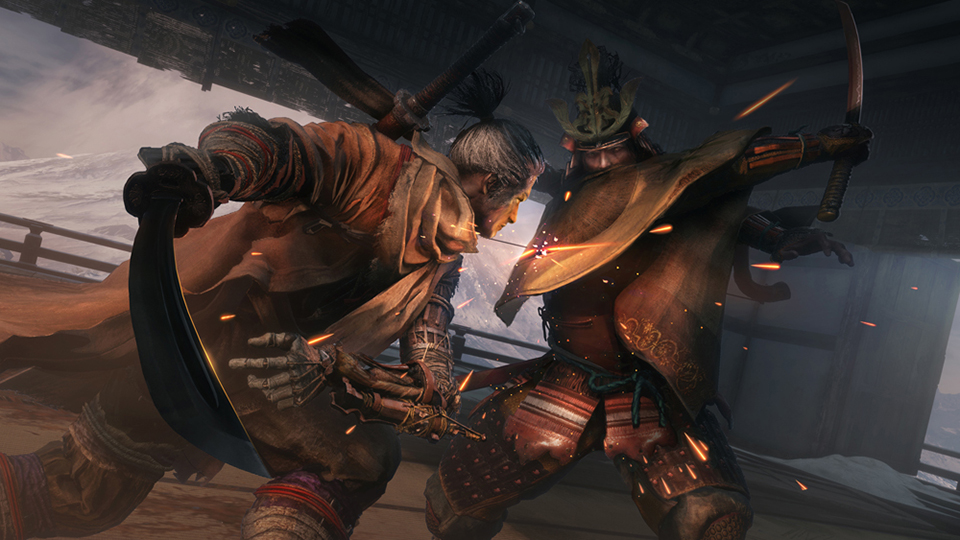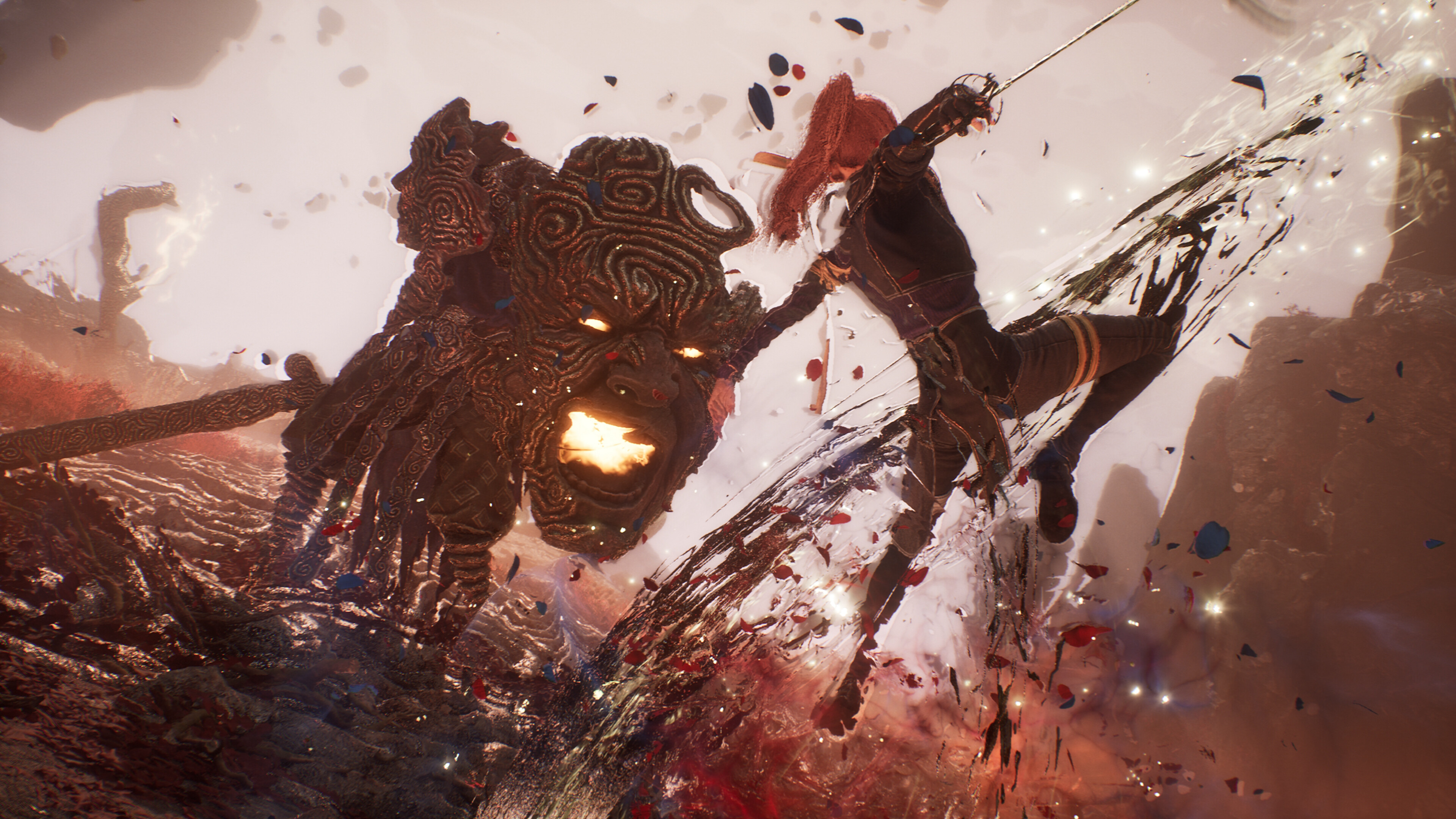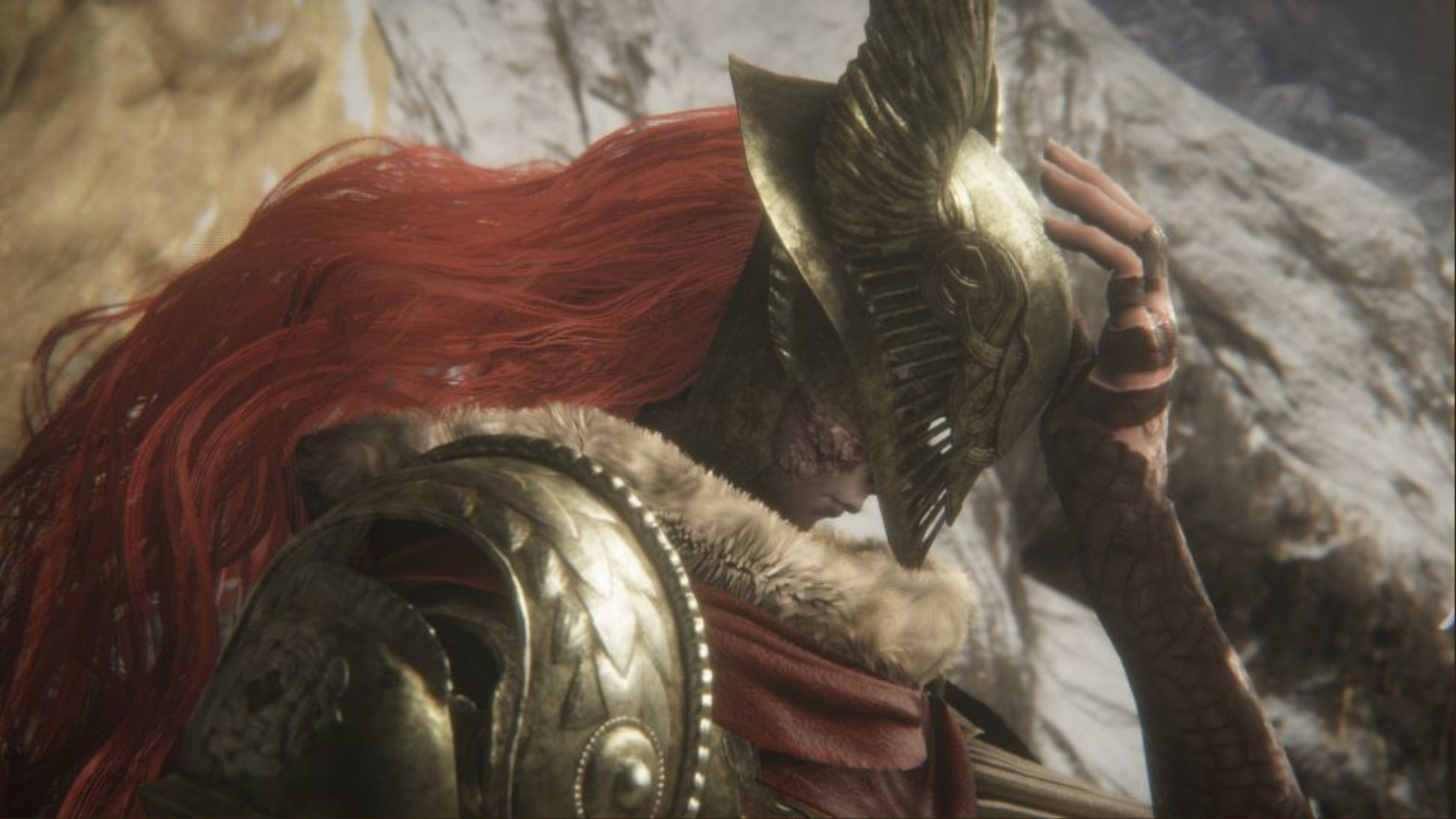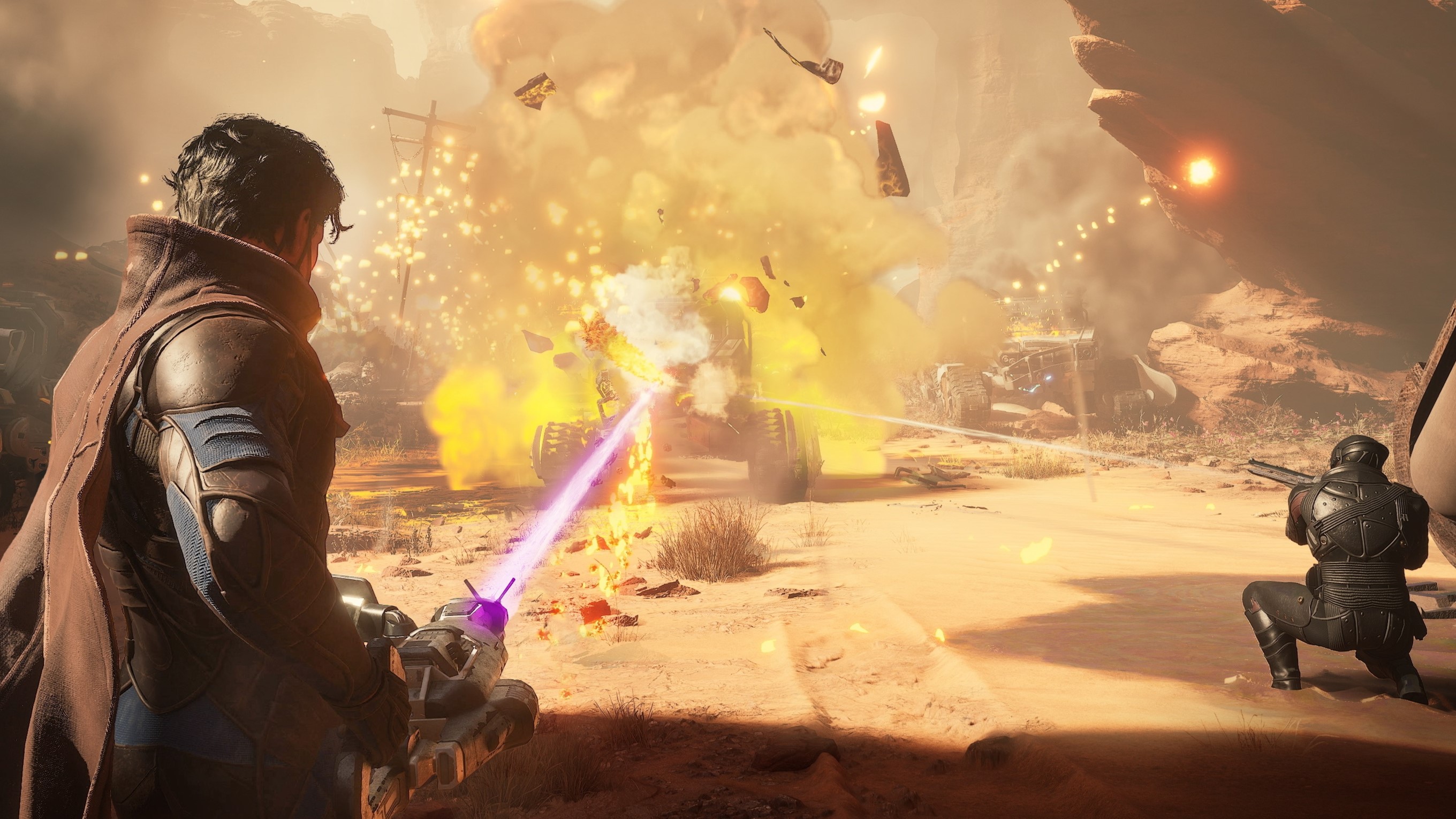
Choose the right moment, and you can topple gods.
This article first appeared in PC Gamer magazine issue 407 in February 2025, as part of our ‘Why I Love’ series. Every month we ask our writers something they love about videogames, and, more importantly, why.
I finished Nine Sols just before 2024 ended—and I’m glad I did, because it’s one of my favourite games of the year. Partially because of its gorgeous art direction, solid story, and exceptional fight design. But also because it happens to be following a trend that is downright pleasing to me: the “soulslike” genre is looking a whole lot more “sekirolike”, lately.
In case you missed FromSoftware’s masterwork, here’s a basic explanation. In Sekiro, your objective isn’t just to reduce your enemy’s health bar to zero—it’s to break their posture. To do so, you need to apply damage to it. Taking chips off their health will accomplish this, but the real name of the game is timing your blocks just-so.
The window to pull one off is far more forgiving than the all-or-nothing parries of past souls games, and the reward for doing so is proportionately smaller. Yet, grafting this system makes boss fights with that back-and-forth rhythm so much more common.
Sekiro is sometimes described as a rhythm game in a trenchcoat, and that’s pretty accurate. When you settle into the much yearned-for flow state, you can find yourself tapping that block button like one might bang a drum. But I actually don’t really like rhythm games—and yet, I adore a good “sekirolike”. Why is that? Well, I’ve got a couple of ideas.
The art of the duel
Some of FromSoftware’s best boss fights have been its “duels”. These are bosses that help you feel as if you are on even footing with your opponent—entering an arena not with an insurmountable wall of flesh, but with a rival. The key to these is partly just aesthetic, but it’s also the feeling of trading blows.
That’s hard to do when you can only block or dodge roll. A timed block system, however, matches the push and pull of a martial arts movie. Rather than sluggishly fat-rolling around wide swings, you’re planting your feet and matching your enemy’s strikes beat for beat before going in for your turn. It’s full-tilt Wuxia (which is probably why wuxia-fest Wo Long: Fallen Dynasty used it).
There’s an intangible neurological glee I get when I walk into a boss room, get flattened by an inscrutable chain of sword-swings and then—little by little—start to download them. It’s like the Matrix, if the Matrix suffered a terribly slow AOL-era landline connection. It’s gotten to the point where I don’t even care about beating the boss, anymore, I just want that sense of mastery. I don’t have a problem, I can quit trying to no-hit Nine Sols’ final boss any time I want.
Nine Sols expanded on this with the “Unbounded Counter”: You need to pre-emptively hold down the block button to charge it, and then release at the right moment. The catch being, you can only charge it for so long before you whiff your defense entirely. Succeed, though, and you’ll send your foe reeling, no matter how big their blow is. Which leads me to the other half of the coin of my love for this mechanic—because some games let you parry anything.
David meets Goliath
Since time immemorial, we’ve worshipped at the altar of the underdog. David fells Goliath with a well-placed slingshot, Odysseus clings to a fig tree to evade Charybdis—you get the idea. There’s something in our brains predisposed to adore the idea of a little guy choosing just the right moment to strike, and defying all odds. Souls games are similar, putting you in the shoes of a little guy, and then training you up to meet each Goliath with a “nah, I’d win.”
In my mind, the timed block and the parry are the closest a game can get to that mythological feeling of toppling a giant. In contrast to the idea of a duel, this benefit of the timed block is a seemingly infinite suspension of disbelief that we have for parrying when we’re behind the wheel.
If I was asked to believe that a small robot deflected a giant’s building-sized fist by raising their own at the right time in a TV show, I’d roll my eyes. In Ultrakill, though, the feat of batting away The Corpse of King Minos’ giga-swings with nothing but your spindly synthetic arm is rad as hell. Okay, I might cheer for that on the silver screen too, but the point is I’d require worldbuilding and setup for it. V1 doesn’t need Chekhov’s gun, he just does it.
Personally, I think the timed block is the future of soulslike games. It just unlocks so many possibilities, combining so satisfyingly with so many elements of your average soulslike, that I’m surprised Elden Ring didn’t have it (outside of a Hardtear introduced in Shadow of the Erdtree). Let me tap my way through Malenia’s Waterfowl Dance, Hidetaka Miyazaki. I promise it’ll be cool as hell.









